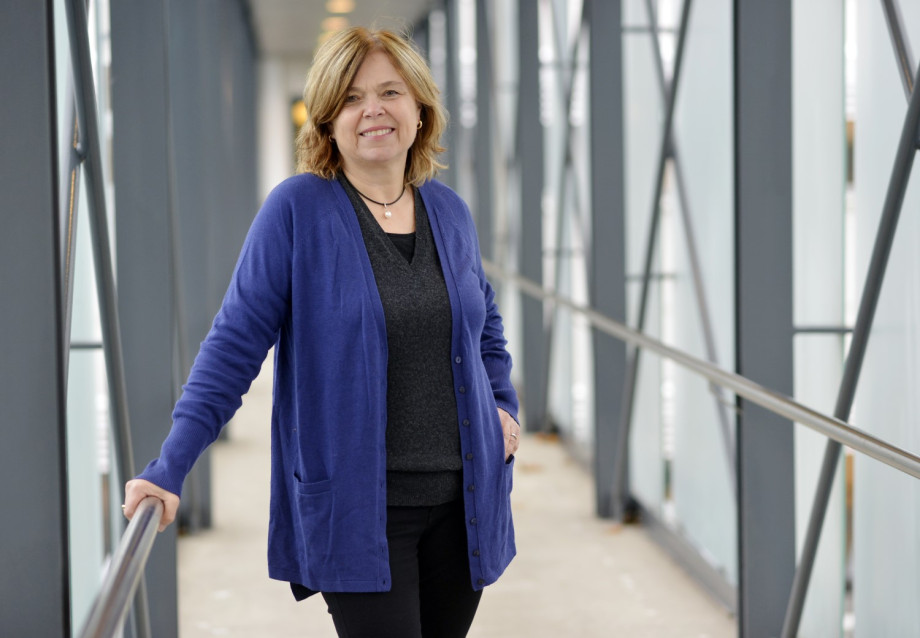The University of Stavanger’s memory bank on the Alexander Kielland accident is widely used by the media, international experts, and researchers. Additionally, it serves as a unifying platform for families of the victims.

A resource for understanding the tragedy
The memory bank provides new perspectives on the tragic Alexander L. Kielland platform accident of March 27, 1980—the worst disaster in Norway's oil history, where 123 of the 212 people onboard lost their lives.
Over the past decade, Professor Marie Smith-Solbakken from the University of Stavanger, alongside students and collaborators, has gathered around 350 accounts of the accident. These stories include contributions from both Norwegian and international family members who lost fathers or brothers.
"The memory bank builds identity and creates a sense of community for those affected and others who have experienced similar traumas. It gives victims a voice, transforming them into active participants in the historical narrative," explains Smith-Solbakken.
The collection includes deeply personal accounts: stories of individuals who faced life-changing adversity, such as mothers raising children in poverty and children growing up without fathers. For those struggling with trauma, reading about others with similar experiences can be comforting.
Exploring generational impacts
Master’s student Tonje Varhaug Hetlelid from the University of Stavanger is researching how the disaster has affected the third generation of survivors' families. Her work explores how trauma has influenced family dynamics and relationships across generations.
"My interviews focus on family dynamics and the impact of the Kielland disaster, aiming to better understand how major traumas affect families across generations. These interviews will be added to the memory bank, serving as examples of family dynamics and generational trauma. They highlight the importance of providing follow-up and support after such events," Hetlelid says.
